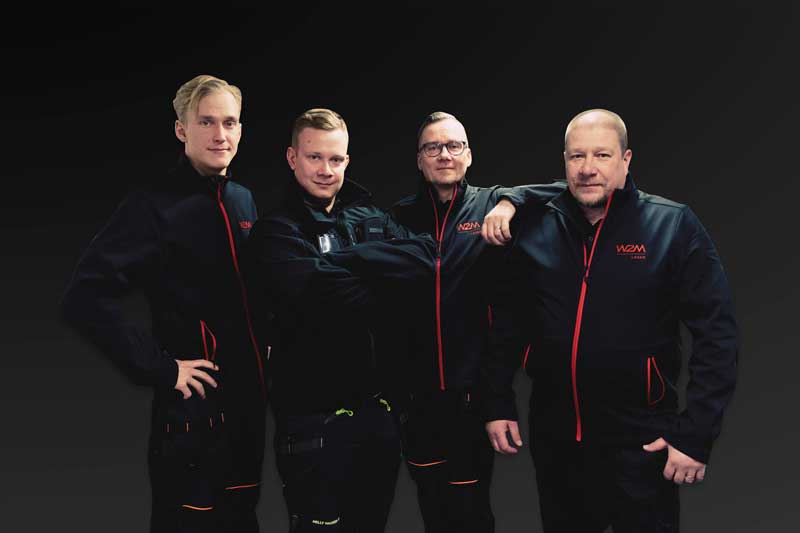This video shows a guy restoring an old cast iron skillet. At the 2:00 mark he uses a Laser Cleaner. It works like a sandblaster, removing carbon and other foreign matter by burning it off.
It's obviously somewhat powerful. I've never seen or heard of these things. The units are very expensive, with the cheapest one at about 20,000 Euros. (Assuming I'm reading the currency right). They go all the way up to 129,000 Euros for a 2KW machine. There are similar size / cost U.S. made machines. Some of the lower powered units are a bit cheaper.
That seems very expensive for what it does. Especially compared to a really good bead or sandblaster. Even if you factor in the air compressor to run it. And it would seem with the super powerful units, you could do a lot of damage.
Especially if you momentarily stopped in one area, and didn't keep it moving at a steady rate. I wonder what cleaning process would call for using a device like this only? As opposed to a glass bead or sand blaster. This looks like it would work somewhat faster on heavy deposits. But for the price it should.

 w2m.fi
w2m.fi
It's obviously somewhat powerful. I've never seen or heard of these things. The units are very expensive, with the cheapest one at about 20,000 Euros. (Assuming I'm reading the currency right). They go all the way up to 129,000 Euros for a 2KW machine. There are similar size / cost U.S. made machines. Some of the lower powered units are a bit cheaper.
That seems very expensive for what it does. Especially compared to a really good bead or sandblaster. Even if you factor in the air compressor to run it. And it would seem with the super powerful units, you could do a lot of damage.
Especially if you momentarily stopped in one area, and didn't keep it moving at a steady rate. I wonder what cleaning process would call for using a device like this only? As opposed to a glass bead or sand blaster. This looks like it would work somewhat faster on heavy deposits. But for the price it should.

Laserpuhdistus | Kuitulaserpuhdistuslaitteet | W2M Laser
Laserpuhdistus kuitulaserilla on hiljaista ja siistiä. Laserpuhdistuslaitteet eivät vahingoita pohjamateriaalia tai vaadi puhdistusaineita.


